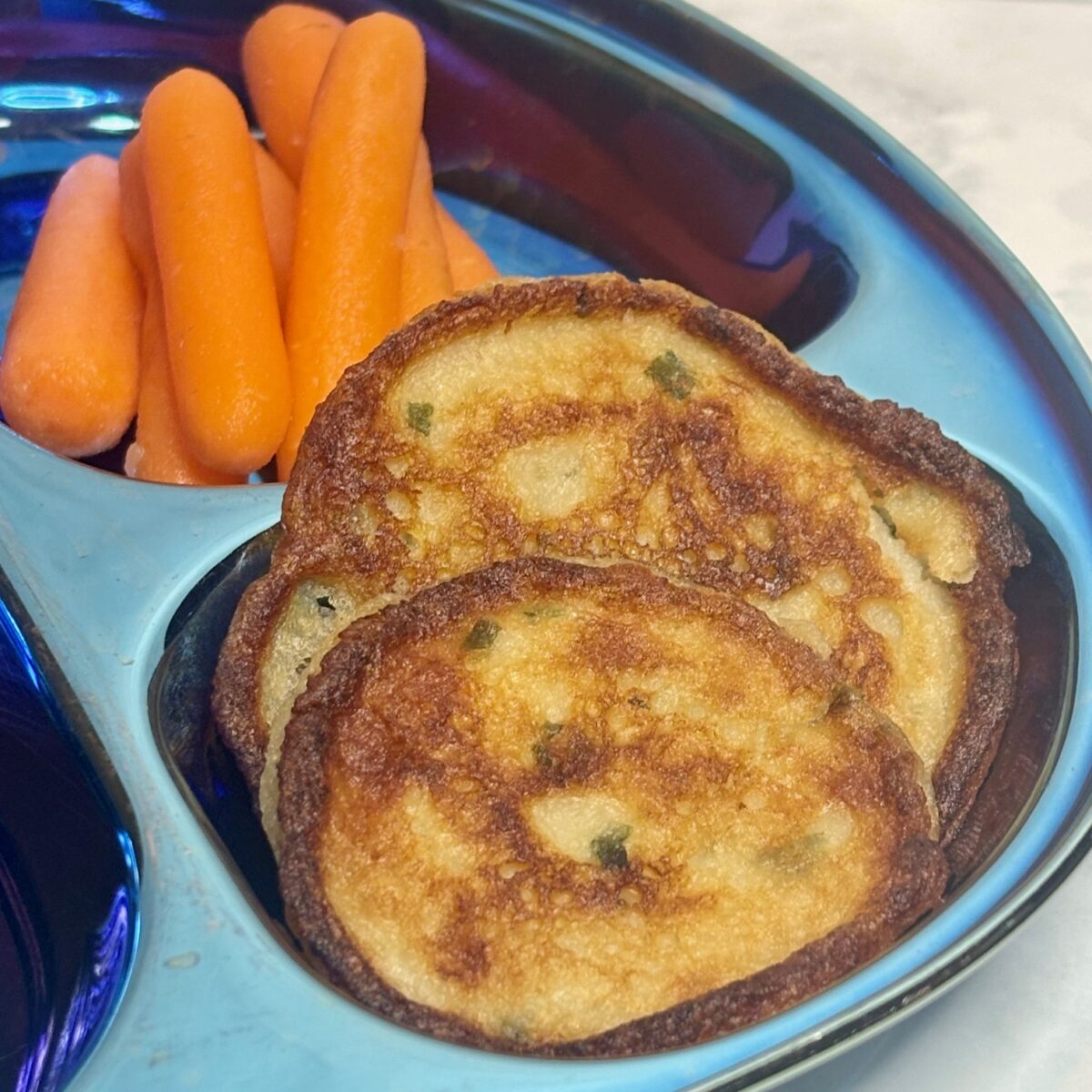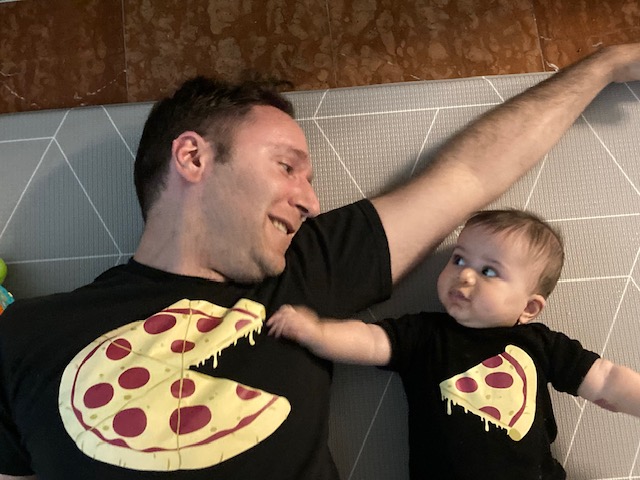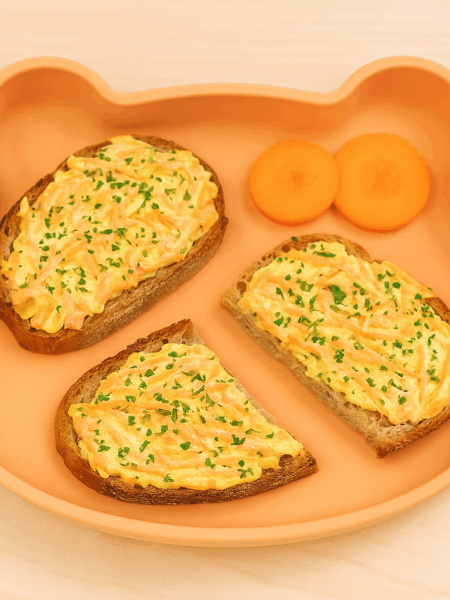
What To Do With Leftover Mashed Potatoes (Boxty)
Description
So you’ve given in to your child’s request for mashed potatoes, only to find yourself with a veritable vat of leftover and quite pasty spuds*–what now? Chances are, your toddler won’t so much as bat an eye at, let alone consume, them the next day; you probably don’t want them, either. If only there was some way to repurpose the potatoes that the both of you would happily eat…
Well. You wouldn’t be here if there wasn’t, no? My friend, there definitely is, and it’s the same one we’ve all used when throwing out the toddler cooking playbook time and time again: -pancake it. There’s actually a tradition of this, and while little of the traditional method of the Irish dish known as boxty is left in what follows here, the spirit is the same: add some flour and egg to the potatoes to make it into a dough, then turn it into a flatbread. You can think of it like a polenta or johnnycake and serve as a side for your next dinner; you put it to work the next morning and pretend like it’s the same old flapjacks you usually serve to your son or daughter–we promise that with some syrup on time your child will hardly notice the difference. It’s versatile; it comes together extremely quickly and easily. So good an answer is it to the leftover mashed potato conundrum, in fact, that you’ll find yourself making mashed potatoes as an excuse and/or means to make this recipe.
Looking for other ways to repurpose leftovers? Check out these options.
(*Note: this recipe assumes you have previously-made cooked mashed potatoes, be they homemade or from a box, that contain butter and milk–or plant equivalents–mixed into the potatoes. If you just have mashed-up potatoes, you will need to convert to mashed potato form by adding a tbsp or two of butter and a big splash of milk and mixing until a thick and smooth paste.)
Ingredients
Instructions
Prep
-
If you have the time, allow mashed potatoes and egg to come to room temperature before beginning o cook.
-
If using, chop up scallions into small pieces. Add to a bowl with the leftover mashed potatoes and the egg; mix until blended. Grate and/or toss as much cheese as you’d like all over the potato-egg mixture and stir once or twice to blend.
-
In a separate small bowl, add the flour, baking soda, a few shakes of garlic powder, and a pinch of salt; if your mashed potatoes are unsalted or under-salted, add a pinch of salt as well. Sift until mixed.
-
Pour the flour mixture into the potato-egg mixture; combine. We’re going for the consistency of, you guessed it, pancake batter here, so if the batter looks loose and watery, add a tablespoon of flour at a time until desired viscosity is reached; if the batter looks too thick or dry, add a splash or two of milk at a time until the right thickness.
Cook
-
Coat the bottom of a large skillet with vegetable oil or butter and heat at Medium until oil is shimmering.
-
Scoop up a small amount of the batter and place into your pan, then use the back of your spoon or spatula to flatten the batter mixture; repeat for remaining batter. Heat until golden brown on bottom and the top is nearly set, roughly 3-4 minutes.
-
Flip cakes and cook until golden brown on the other side, roughly 2-3 minutes.
Serve
-
All depends on what meal you’re putting this to work towards: for breakfast, we side with some syrup; for dinner, we provide a little ketchup. Since they’re so soft and thin, even a rising toddler could hold and eat through a whole pancake.
Adapt
-
You sub cauliflower for the potatoes, but plan on adding a bit more flour to the batter. You can also add chopped up cabbage, carrots, or onions to the mix for a more savory vegetable pancake (known as “bubble and squeak” in Great Britain)--again, you may need a bit more flour than the original recipe in order to ensure the proper consistency.








